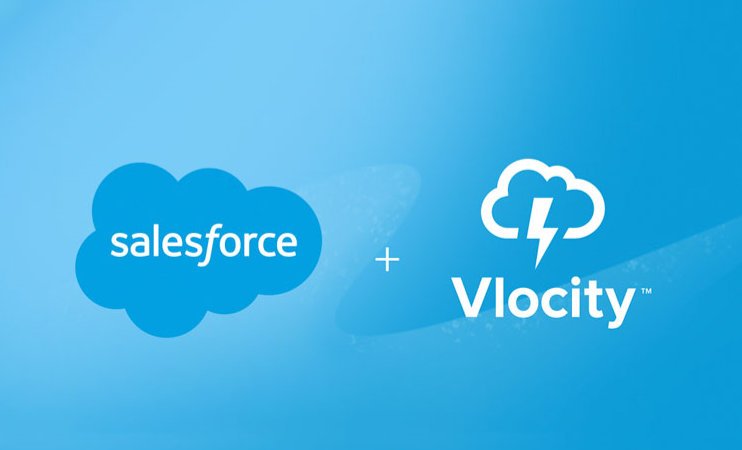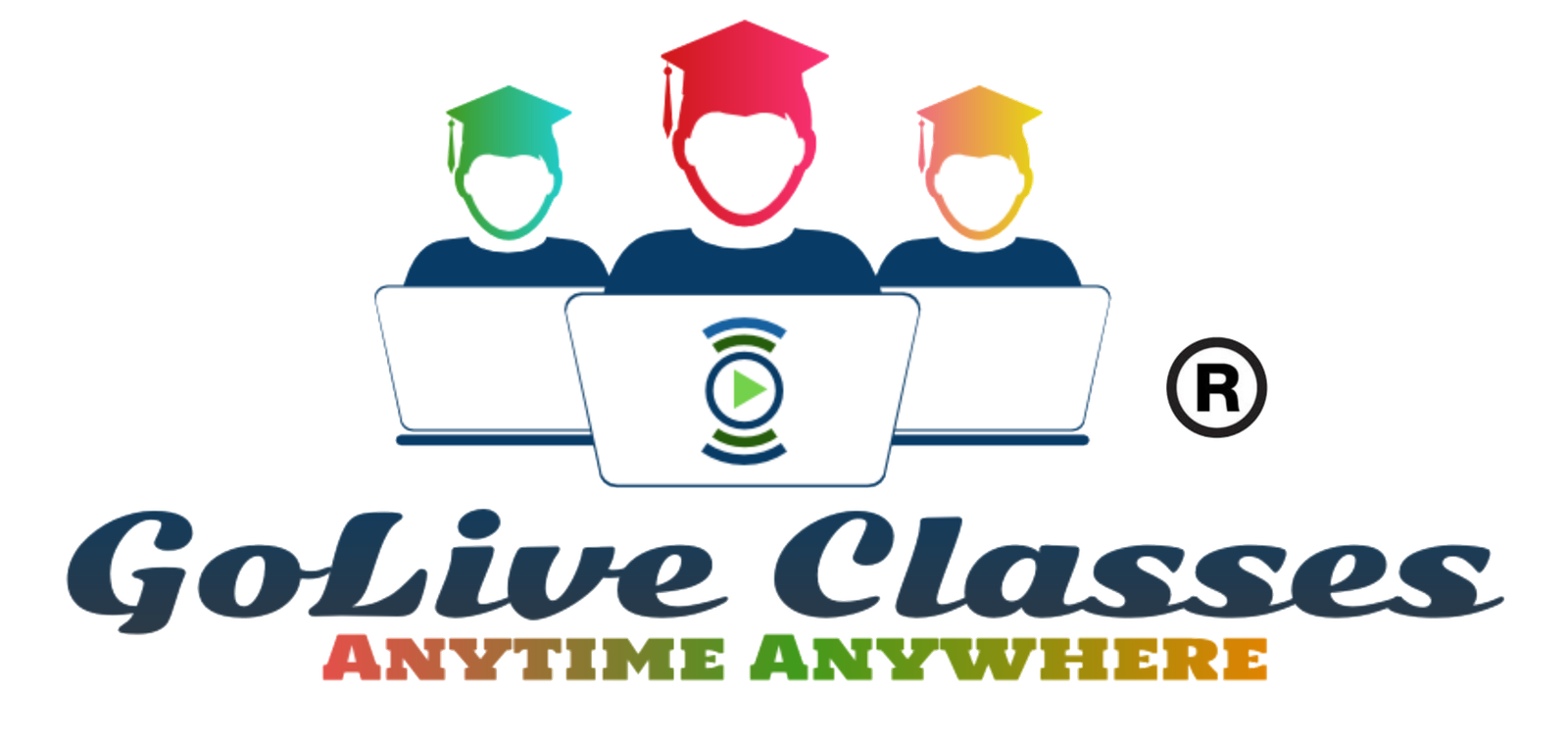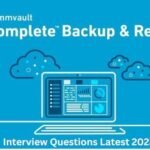
Here are some very common Salesforce Vlocity Interview Questions.
Interview questions:
1. What is Vlocity?
A. Vlocity is built natively on the Salesforce Platform and it is a leading provider of industry-specific solutions and mobile software, delivering digital, omnichannel processes for the world’s largest companies in a selection of industries. The industries that Vlocity cover are:
- Communications,
- Media & Entertainment,
- Energy & Utilities,
- Insurance,
- Health
2. What are the other CPQ in salesforce?
A. Salesforce CPQ, Apttus CPQ,
3. What is Omniscript?
A. With Vlocity OmniScript, you’ll be able to create dynamic single or multi step forms that execute within a Lighting Flow.
4. What is DataRaptor?
A. DataRaptor is a mapping tool that enables you to read, transform, and write Salesforce data. Think of it this way: for every digital customer interaction or business process, your system needs to extract data to display it. When the user changes that data or enters new data, it must be saved too. That’s where OmniStudio DataRaptors come in to picture.
5. What is Integration Procedures?
A. OmniStudio Integration Procedures are declarative, server-side processes that execute multiple actions in a single server call. Let’s break this down to better understand what it means.
- Declarative: Use drag-and-drop elements in the Integration Procedure Designer to build the process structure.
- Server-side processing: This enables faster performance, because the server, in most cases, is faster than the client at processing data.
- Multiple actions in a single server call: This prevents round trips to the server. Minimizing client/server calls is beneficial.
6. Difference DR and DR Turbo?
A. DR Can Interact with Salesforce Object to extract or create or update the records. And also interact with multiple objects. Its support formulas and output tab. Whereas DR Turbo support with relation objects but formulas and output not support.
7. Difference DR and IP?
A. Both are the backed process DR can interact with SFDC Objects but IP is only process the multiple actions in single call.
8. Difference OS and IP?
A. OS is UI part and IP is backend part.
9. How to hide element or block or step?
A. By using View Condition, can hide element or block or step.
10. How to display the error message?
A. By using Message or Set error element can display error message or info message or conformation message.
11. How to call Apex class from OS?
A. by Using Remote Action element can call Apex class but class must implement OpenInterface2 and implement the invoke method.
12. How to use or LWC inside OS?
A. After development LWC component in OS can use Custom LWC element can call LWC into OS.
13. How to call third part Integration?
A. HTTP element helps to call third party integrations and also can call from Apex class.
14. How to launch the OS?
A. OS can call from Record page or from LWC or Lightning or community or from external system also, for that can get the OS URL in OS page right side click the How to launch url, its open popup there can copy the URL for that OS to launch from anywhere.
15. How to display records in Table?
A. In Flex card DataTable element is there to display the records in table format.
16. How IP works asynchronously?
A. IP have option to select fire and forgot in invoke method option
Are you new here? Visit our courses that may interest you.
Did you like our Salesforce vlocity interview questions> Book a Demo of Salesforce Vlocity online course here.




